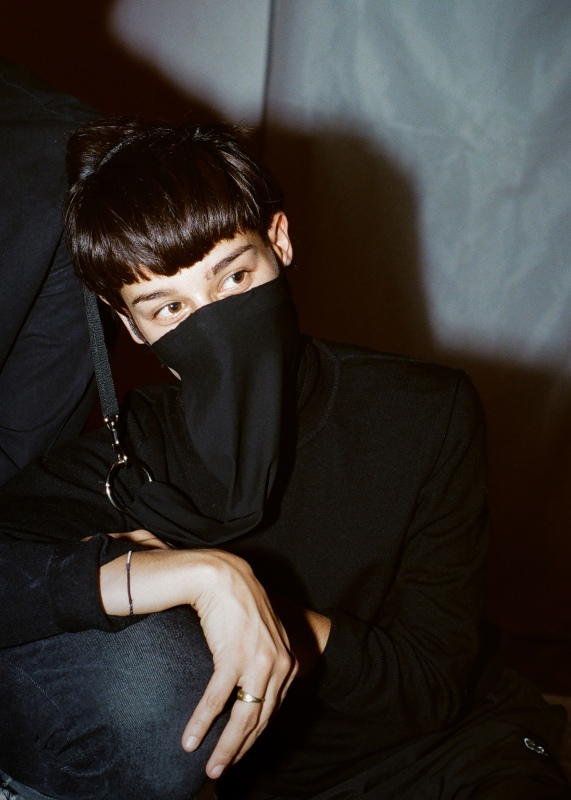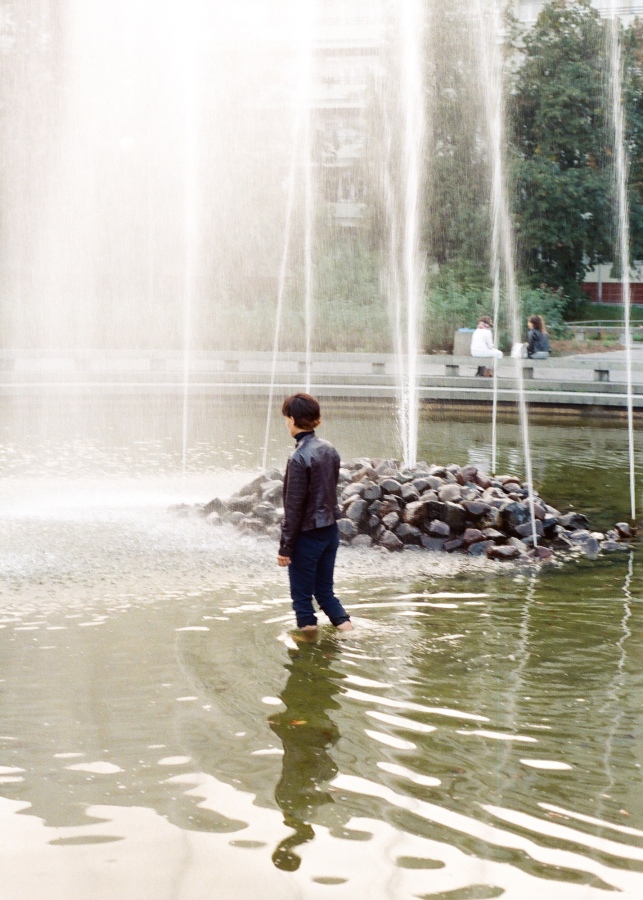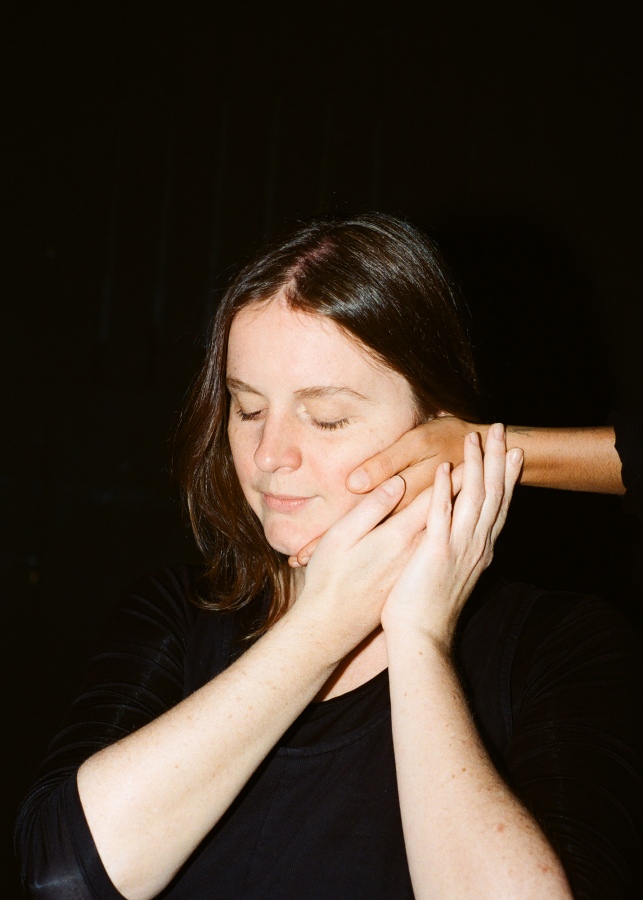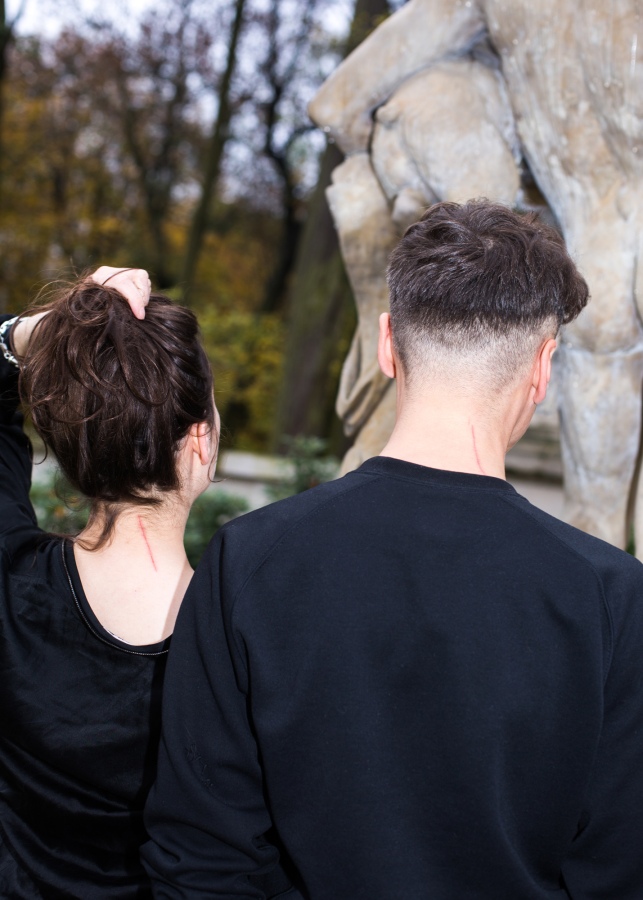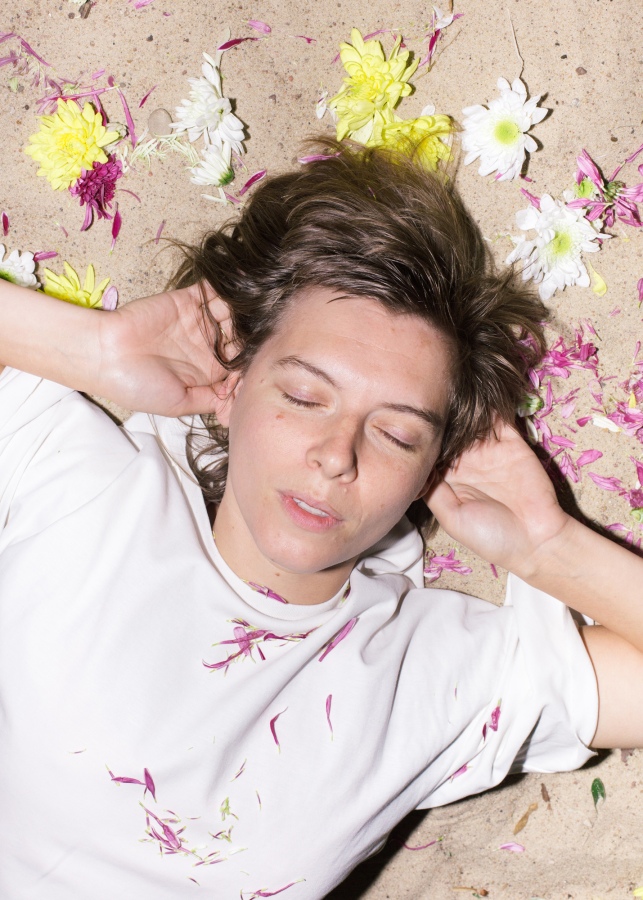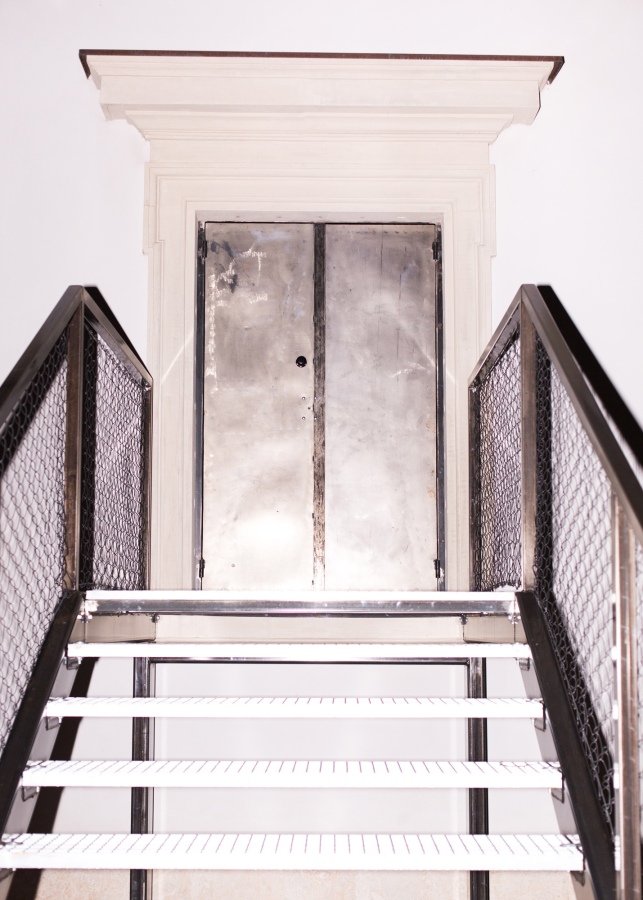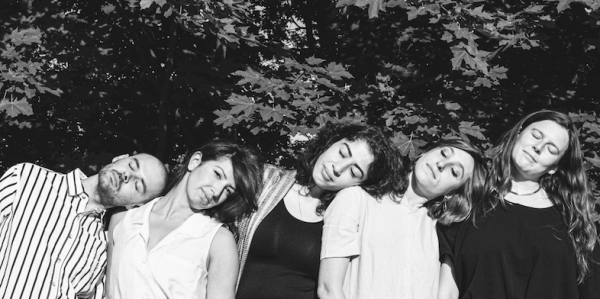Positive disobedience
Melissa Tun Tun in conversation with Alek Hudzik
-
"Positive disobedience" – I came across this phrase in a short text about you. It made me intrigued, what is it?
- It’s about opposition, but an opposition that does not imply negative things. Terms like "resistance" or "fight" usually have negative, pompous, and almost warlike connotations. I wanted to see if it is possible to create positive conceptions of resistance. But I didn’t make up this term; I borrowed it from scientists.
-
-
So what does positive disobedience give us?
- First of all, it shows the importance of establishing new pathways and methods of operation, something that has always been an important aspect of my activity. Looking for alternative paths is a peculiar thing. In our neoliberal society we are forced to bend our necks, we try to adapt to the competitive and fast-changing requirements in our working environment and daily life. Disobedience helps us circumvent these laws. I always try to question the very form of work that I do, to apply some manifestations of political imagination to it.
-
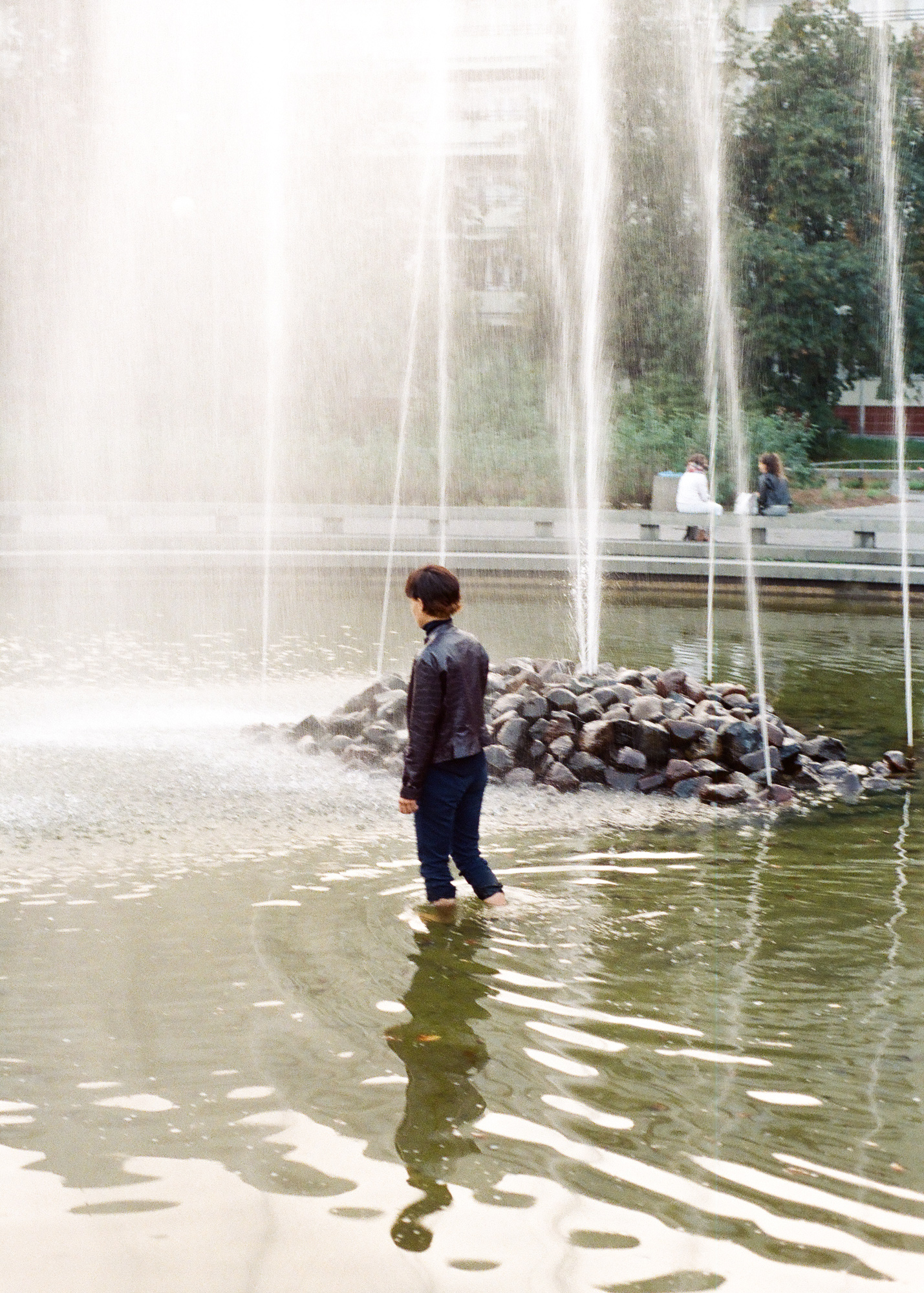
-
Photos by Karolina Zajączkowska
-
I remember one of your works, in which a car followed a retreating character while driving in reverse. Please tell me about this work.
- The driver of the car had to follow the moving image she could see on a dashboard screen of a video parking sensor system; she had to trust the device, looking at the image of the retreating performer. She was walking backwards, a very important kind of movement to me. It was part of a group exhibition taking place in a gallery and I really wanted to show it outside the gallery. I am interested in producing site specific performance to work with the features of a given environment or context.
-
-
How do you understand the performer's body in your works?
- The body is very important in my work. It is a plastic material that we can teach to transform. The body can be one of the first components of choreography. The audience’s search for something, led to a place specified by the author, is a work of art in itself. In one of my works, I gave mp3 players to the viewers and led them to a place outside the city, to a car wash. Then I understood that any future effects are less important than things happening in the present with the viewers, observing what they await or expect. This choreography of bodies was unusual, but in my opinion everything is choreography as soon as one starts writing movement.
-
You mention music; it is also extremely important in your works.
- Yes, if, for example, we treat the body as something plastic, then music is a spiritual element in my works, something that gives you access to some other layers of our realm. Sound is also something we can all understand, even though it's the most abstract language.
-
What is there in music that is not in art?
- In art you have an image, the task of representation, and it has its limitations. The sound just is. But I don't think this is some kind of advantage, it's rather a matter of completely different reception. I receive the music more strongly.
-
Does this somehow manifest itself in your latest works?
- Now I work with sound rather than music. At the end of my studies, I based my practice mainly on research by the means of art. I didn't produce any objects. Now I want to create works that are associated with research but do leave some trace. Recently, I have been fascinated by the theory of Bernie Krause, a sound researcher. He claims that nature creates very specific soundscapes, dividing them into geophony – sounds of inanimate nature, biophony – sounds of living elements of nature, and anthrophony – everything that we control as people, but also all the noises that we produce. I am particularly interested in biophony. I have already given a lecture on geophony, explaining the meaning of what I call the “mind’s ear”, following the more established articulation of the “mind’s eye” by Frederic Jameson. It is about using a sensitivity that we may be losing. Even plants are capable of brilliant communication, and humans, unaware of it, often disrupt this communication. The echolocation of bats is a great example.
-
-
During your residency in Warsaw have you managed to develop this research?
- In my residency at U–jazdowski, I can redefine my work, I can experiment with time and place. It's amazing how much perspective changes as soon as you manage to get out of the place where you usually create. How fast you start to see that the world you have been in entails its own logic. This is symbolic and real. First of all, I am interested in situated knowledge production and this residency in Warsaw is very helpful to me in this regard.
Film: Marta Wódz
